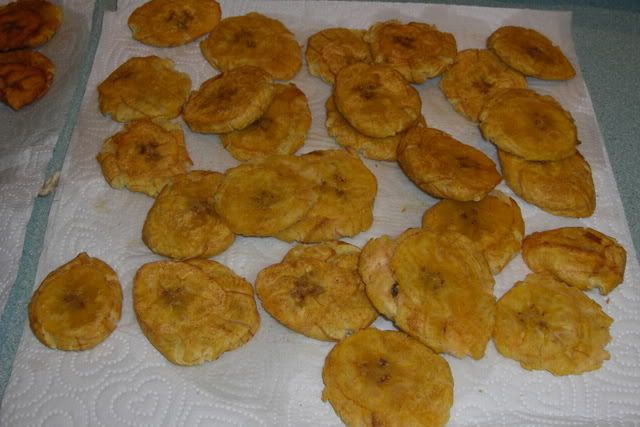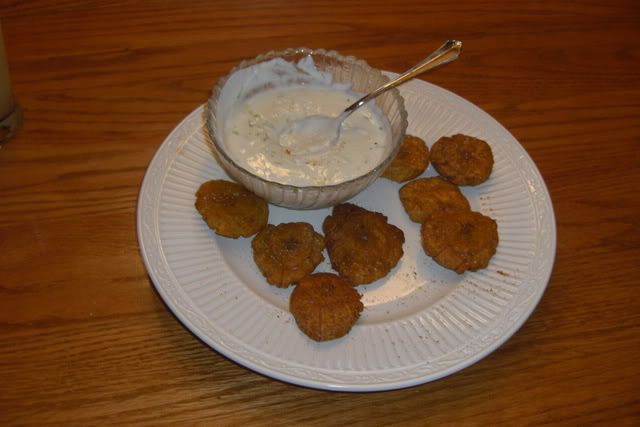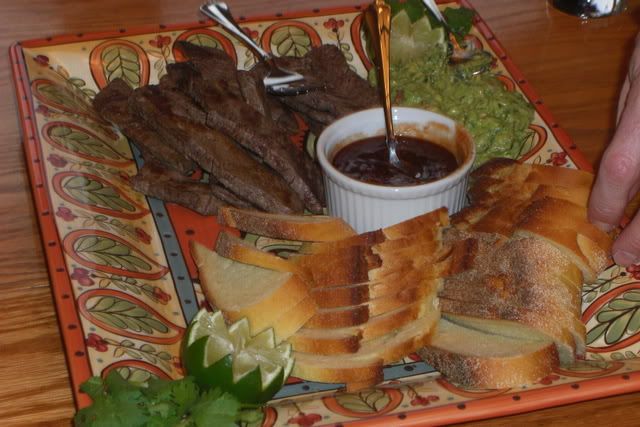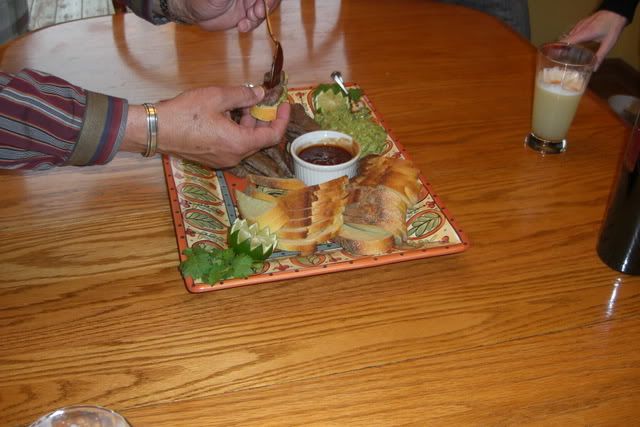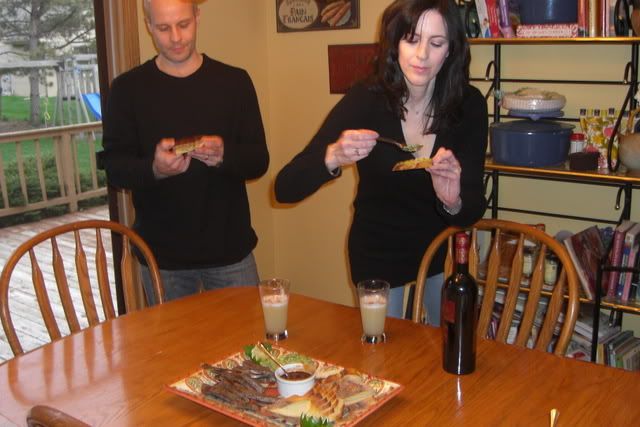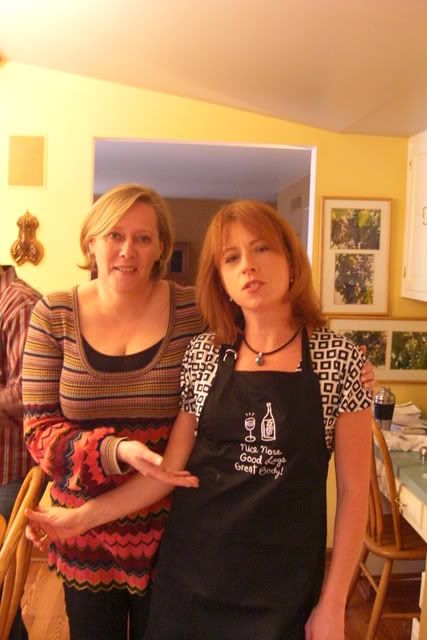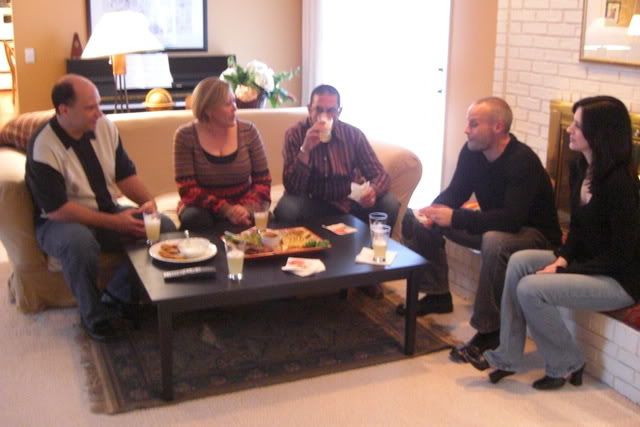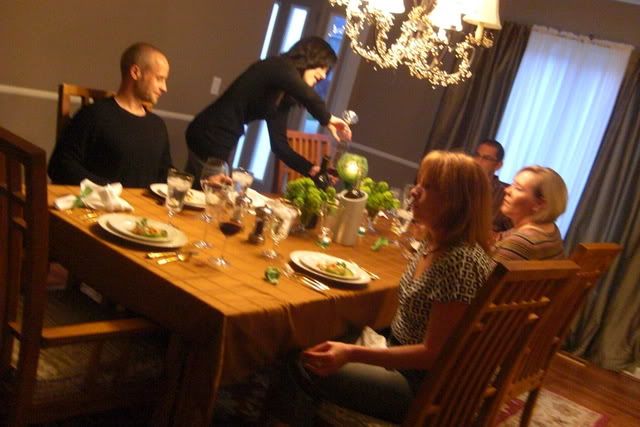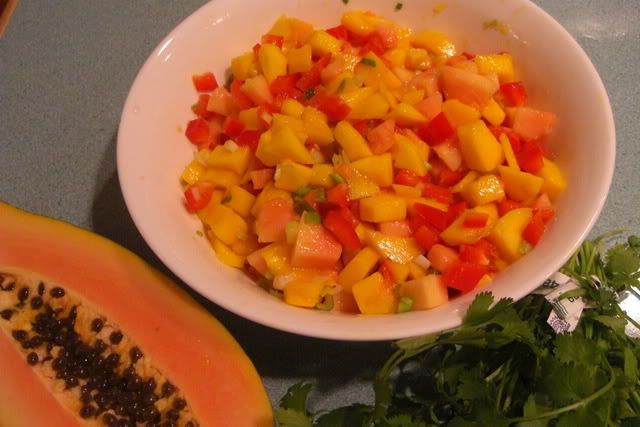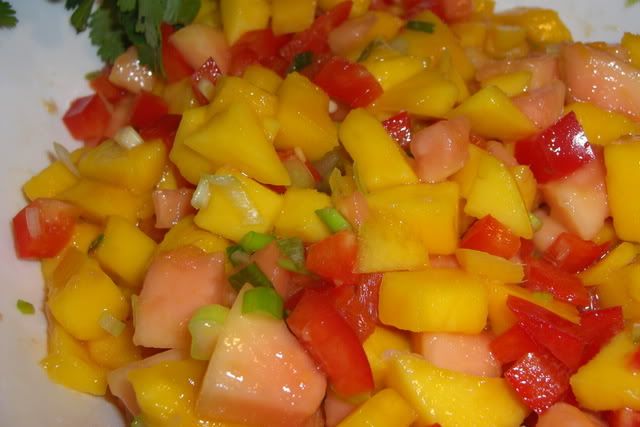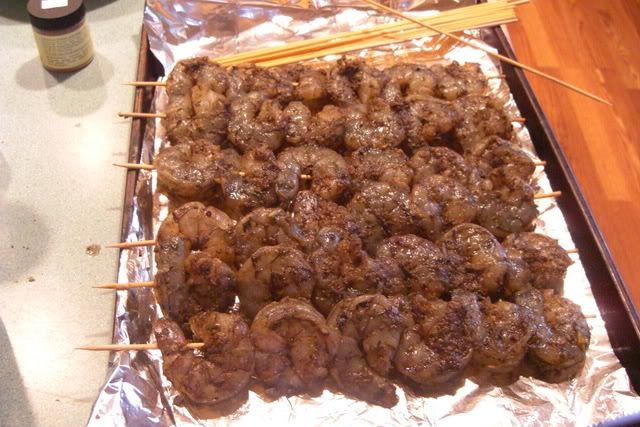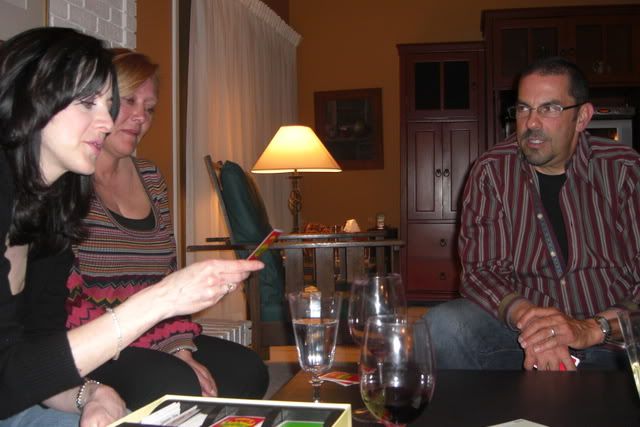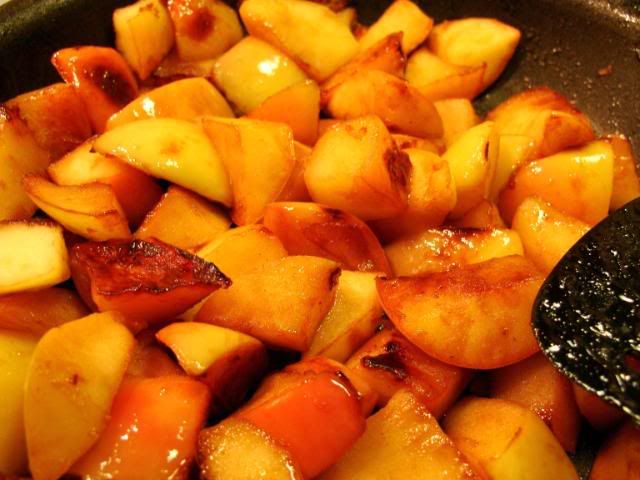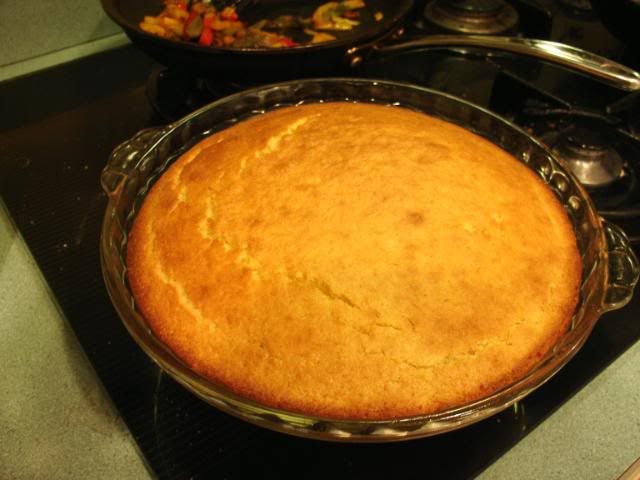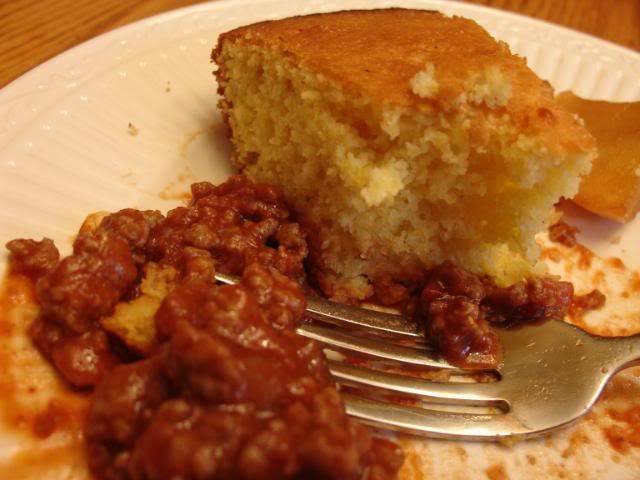I often meet non-Jews who have heard of matzoh ball soup but never experienced it. Indeed, they confess, they are puzzled by how a cracker can be made into a ball, and why in G-d’s name it would be served in soup. Those of us who grew up with it never really thought much about the incongruity of this notion because we understand the role of matzoh in our collective Jewish history and culture.
Matzoh is most closely linked to Passover, one of the most important holidays on the Hebrew calendar. The holiday comes from the story of Exodus, wherein the bible says that God inflicted ten plagues upon the Egyptians before Pharaoh would release the Israelites, who he had been holding in slavery. The tenth plague was the killing of firstborn sons, however, the Israelites were instructed to mark their homes with the blood of a spring lamb, and upon seeing this, the spirit of the Lord “passed over” these homes and their sons were spared.
So how does Matzoh fit in here? The story goes that when Pharaoh freed the Israelites they left in such a hurry that they could not wait for bread to rise. As they traveled through the dessert with the unleavened dough in their knapsacks, the desert sun baked the dough into hard, flat bread now called matzoh.
In observance of our people's suffering in the desert and their exodus from slavery in Egypt, no leavened bread is eaten during Passover, and Matzoh is one of the primary symbols of the holiday.
We are a resourceful people, however, and modern Jewish cooks have found a thousand ways to make Passover’s lack of baked goods tolerable, including making matzoh into cakes and other goodies that pretty closely resemble leavened products. Sort of.
This usually requires lots of eggs, even more egg whites, a lot of beating and whisking...and a whole lot of luck. As any cook knows, soufflé-type baked goods are notoriously challenging and unpredictable. To complicate matters further, no flour can be used; only matzoh meal (ground matzoh) or matzoh cake meal (finely ground matzoh).
Which brings us back to matzoh balls. Since noodles are out of the question during Passover (as are dumplings), Eastern European Jews needed something to put in chicken soup. Hence, the mixture of matzoh meal, melted shortening (usually margarine, but more authentically, chicken fat) and eggs, formed into balls, poached in water, then cooked in chicken stock.
I’m sure you are wondering why I’m bringing up matzoh ball soup during the “Festival of Lights” (Hanukkah) instead of Passover. I actually made the soup about 10 days ago, at the behest of my son. Like most good Jewish boys, he has his mamma wrapped around his little finger, and when he came down with a nasty cold just a few days before his birthday, I asked him what he wanted to eat.
“Matzoh ball soup,” he said, without hesitation.
Generations of Jewish mothers have prescribed chicken soup (Jewish penicillin) for colds, a home remedy that has been passed from mother to daughter over centuries. Turns out they were right; scientists have identified an enzyme in chicken broth that has been proven to relieve congestion. Lesson here? “You should listen to your mother!!”
I could have gone to the deli and picked up an order of soup in a cardboard container, and it would have been tasty. After all, making it is time consuming. But my maternal instincts kicked in, and off to my nearest Hiller's store I went for the basic ingredients.
The soup is always best made with home-made chicken stock, but with a sick boy at home, I didn’t have time to stew a chicken or two (or better yet, the bones of a roasted chicken) so I used packaged chicken broth instead.

The recipe calls for seasoning the matzoh meal with just salt and pepper, but I always add parsley flakes, some shallot salt (from Penzey’s, it’s fantastic), a pinch or two each of marjoram, thyme, and rubbed sage and lots of freshly ground black and white pepper. Matzoh balls shouldn’t be spicy – Jewish food seldom is, and this is comfort food, after all – but I’ve eaten enough flavorless matzoh balls to know that some herbs and spices can make a big difference.



There is great debate (but of course) among Jewish cooks as to whether the matzoh balls should be firm and chewy, or soft and fluffy. My family was always of the “soft and fluffy” school of matzoh balls, so although the recipe calls for resting the dough for 30 minutes, I give it a full hour, often more. This is really what determines the texture; how much time the matzoh meal has to absorb the liquid in the mixture.
 After the allotted time, use wet hands to shape the dough into 1” balls. I make mine a little bigger than that since the dough is a little fluffier after resting for over an hour.
After the allotted time, use wet hands to shape the dough into 1” balls. I make mine a little bigger than that since the dough is a little fluffier after resting for over an hour. The shaped balls are then carefully dropped into gently boiling water, making sure they don’t stick to the bottom of the pan before they float to the top.
The shaped balls are then carefully dropped into gently boiling water, making sure they don’t stick to the bottom of the pan before they float to the top.They simmer, covered, for about 30 minutes, until they are fluffy and have increased in size by about 1/3 or more.
While the matzoh balls are cooking, I cut up some carrots and celery and put it in a large saucepan with the chicken broth. By the time the matzoh balls were finished, the celery and carrots were tender and had given the packaged broth a sweet, freshly-made flavor.
Comfort…






